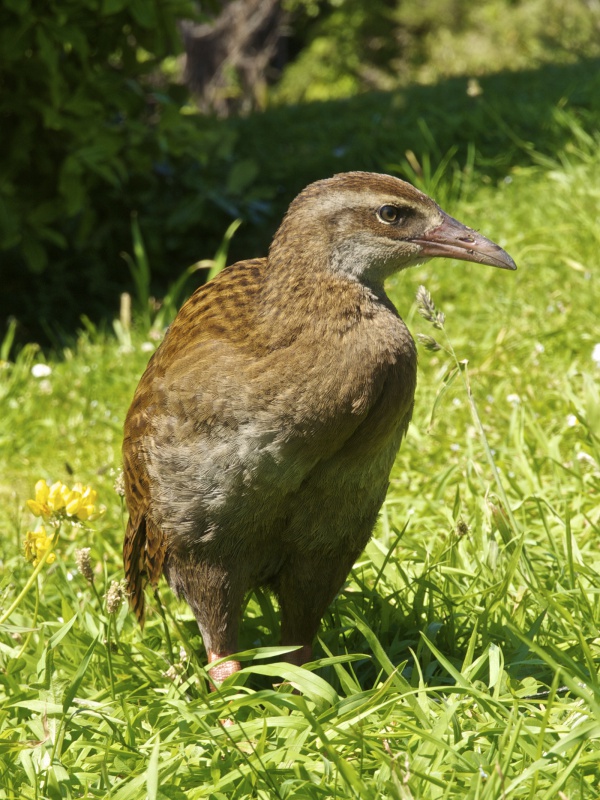Facts About Weka
The weka, a flightless bird indigenous to New Zealand, is a member of the rail family. Currently, four recognized subspecies of weka exist, although genetic studies indicate there are likely only two. These robust, brown birds are roughly the size of a chicken and are omnivorous, feeding primarily on invertebrates and fruit. They lay their eggs from August to January, with both males and females participating in the incubation process.
Anders Erikson Sparrman initially named the weka Rallus australis in 1789. Later, Johann Georg Wagler introduced the genus Ocydromus, classifying each weka as a unique species. Eventually, weka were consolidated into a single species within the genus Gallirallus, comprising four subspecies: the buff weka, North Island weka, western weka, and Stewart Island weka.
Weka inhabit a variety of environments, including forests, grasslands, sand dunes, and rocky shores. Their varied diet consists of both animal and plant material, and they play a crucial role in seed dispersal within their ecosystems. Nests are typically constructed on the ground, often concealed under dense vegetation, and their breeding season varies.
Despite their adaptability, weka populations face significant threats, such as predation, competition with invasive species, habitat loss, disease, and reduced genetic diversity. Consequently, they are classified as vulnerable.
To address these challenges, New Zealand's Department of Conservation has implemented a weka recovery plan, aimed at improving their conservation status and reintroducing them to their native habitats. Weka have cultural significance for several Māori tribes and were historically utilized as a food source and for various other purposes by both Māori and European settlers.
